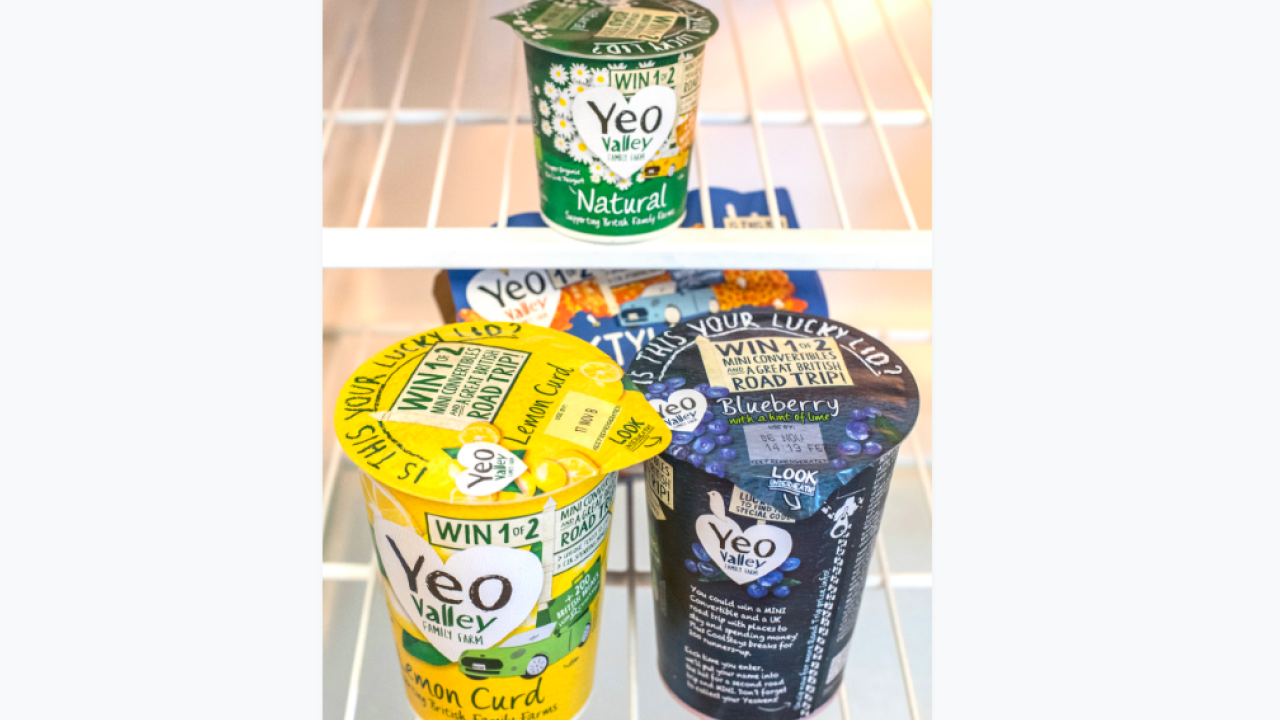What makes flexible packaging an interesting opportunity?

Some of the key driving forces behind this growth include the increase in demand from the food and beverage, healthcare, cosmetics and toiletries, sports goods and agricultural products industries – and it’s not difficult to see why. Products packaged in flexible materials have no defined shape, take up less floor and stacking space, and are easy and cost-effective to transport.
There have also been various advances in film and barrier properties, as well as key developments in high-speed filling technology, which have all helped to fuel demand for stand-up and transparent pouches, retort pouches, lidding and portion packs. It is also seen to be easy to use, is convenient, and has additionally enabled brand owners to add value to their packs with a higher quality of print and pack performance.
Depending on exactly what is included in the different market studies, food, supermarket and beverages are the largest end-use segment, accounting for up to 80 to 90 percent of global market share, with a growing demand for packaged ready-to-eat foods, snacks, frozen meals and cake mixes. Pharmaceuticals and healthcare are listed as the second largest segment for flexible packaging, followed by cosmetics applications.
Other important market applications include stand-up pouches for washing liquids, detergents and soups, sachets, lidding for yogurt pots (see illustration), cream, desert pots, etc, garden center and horticultural packs, and agricultural seed and feed packs. End uses that are growing faster than the market as a whole range from coffee packs, fresh produce, snack foods, ready meals and pet foods.
Diversification
So what has made flexible packaging of growing interest for diversification by label converters? Well, many of the same things that label converters are all regularly facing: reducing run lengths, more differentiation, variations and versions, new product launches, smaller packs, added value, minimizing stockholding, shorter turnaround time, test marketing, inventory reduction and expanded promotional opportunities – incorporating social networking and interactive packaging.
The sector has also been faced with rising materials costs, price pressures and cost containment – as well as sustainability issues relating to waste, eliminating solvents, reducing energy consumption and minimizing the carbon footprint. Certainly, the development and use of more eco-friendly materials will be increasingly important.
Such a changing and challenging market has undoubtedly led to more and more interest in printing on narrower webs, creating added-value solutions, offering opportunities to enhance profitability, and to increasingly making use of digital printing technologies rather than the traditionally-used wider web rotogravure and flexo presses. In particular, digital printing’s ability to react swiftly to market demands and to produce small print runs without the corresponding loss of time that can accompany the production of the new tooling required for flexo, offset or rotogravure printing, offers significant and positive benefits.
Key flexible packaging market opportunities for narrow web converters are seen as being in the food, personal care, pet food and nutraceutical sectors where unsupported films are typically surface printed and then protected with varnish or an over-laminate.
Examples of food products suitable for narrow web printing included single serve snacks, powdered goods (soup mixes, gravy, spices), coffee and regional foods, while in personal care the opportunities are seen in items such as shampoos, conditioner, lotions, travel kits and promotional items.
Pet food possibilities included single serve pouches, treats and promotional items. Narrow web nutraceutical applications are in products such as bars, supplements, protein powders, snacks and drink mixes. Ideally, narrow web converters looking to get into flexible packaging production should focus on customers that need short runs, quick delivery and SKU proliferation; to focus on existing customers; and to develop relationships with co-packers.
Quite simply, flexible package printing represents a chance for pressure sensitive label converters to widen their product portfolio, successfully compete on short runs and smaller packs, and utilize combination and hybrid press technology (plus in-line lamination, added-value embellishing or cold foiling) to increase the range and variety of high quality printed products produced.
Put together, narrow and mid web presses, both conventional and digital, now offer label and flexible packaging converters the opportunity to target new short-run flexible packaging applications, drive differentiation and personalization, offer quicker delivery and reduced stockholding − and become more profitable.
This Opinion was first published in Labels & Labeling issue 2, 2018.
Stay up to date
Subscribe to the free Label News newsletter and receive the latest content every week. We'll never share your email address.


